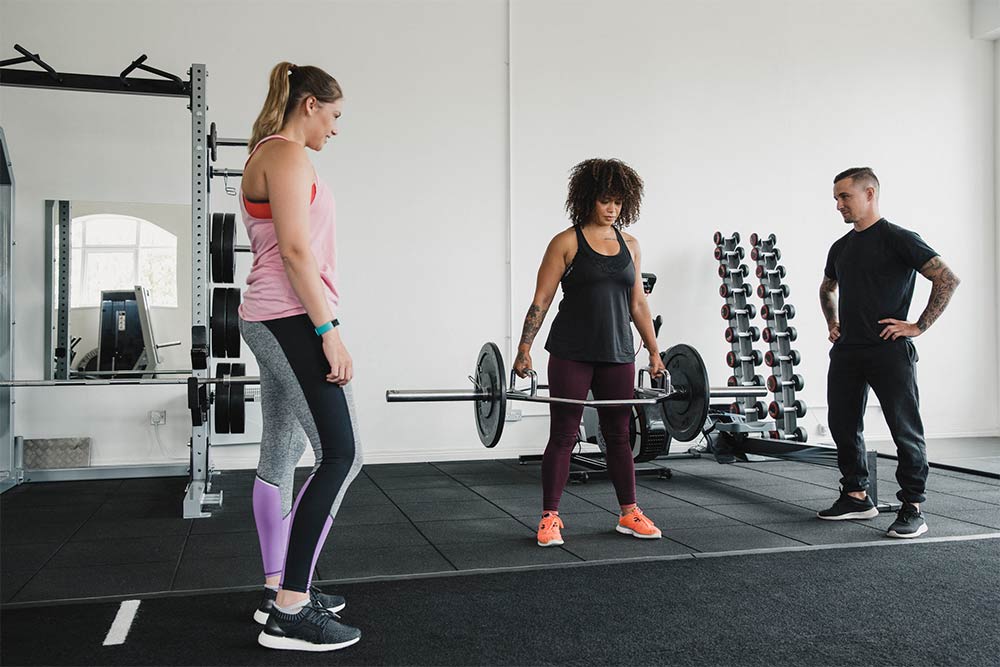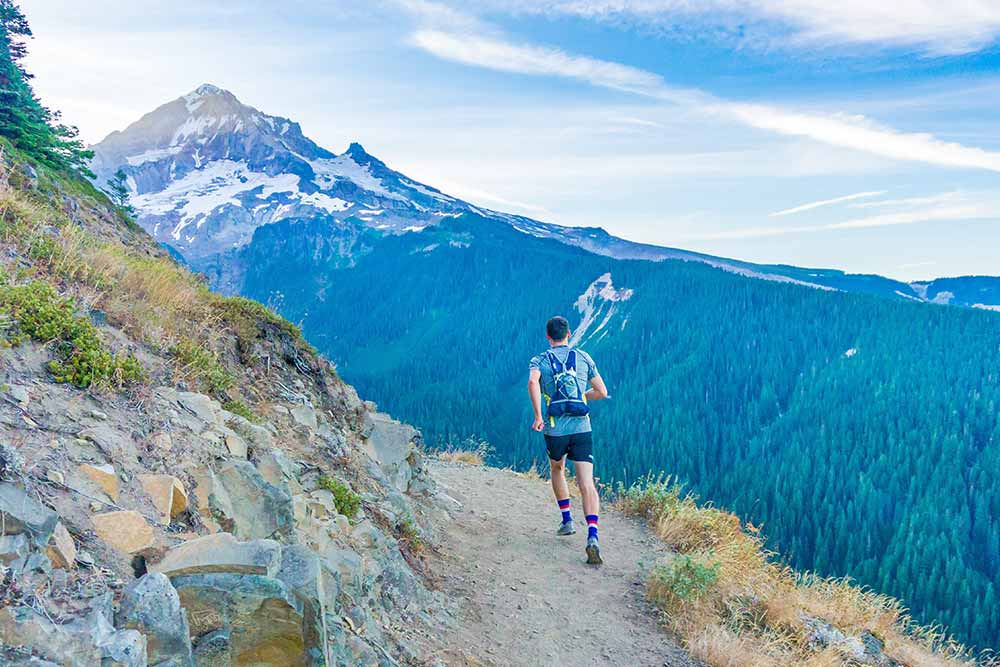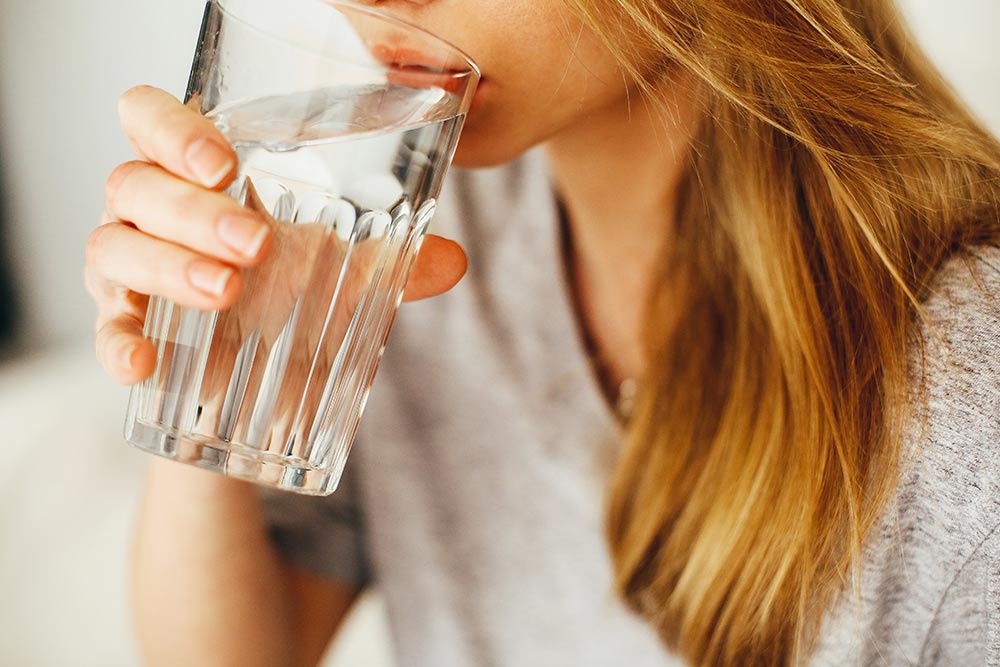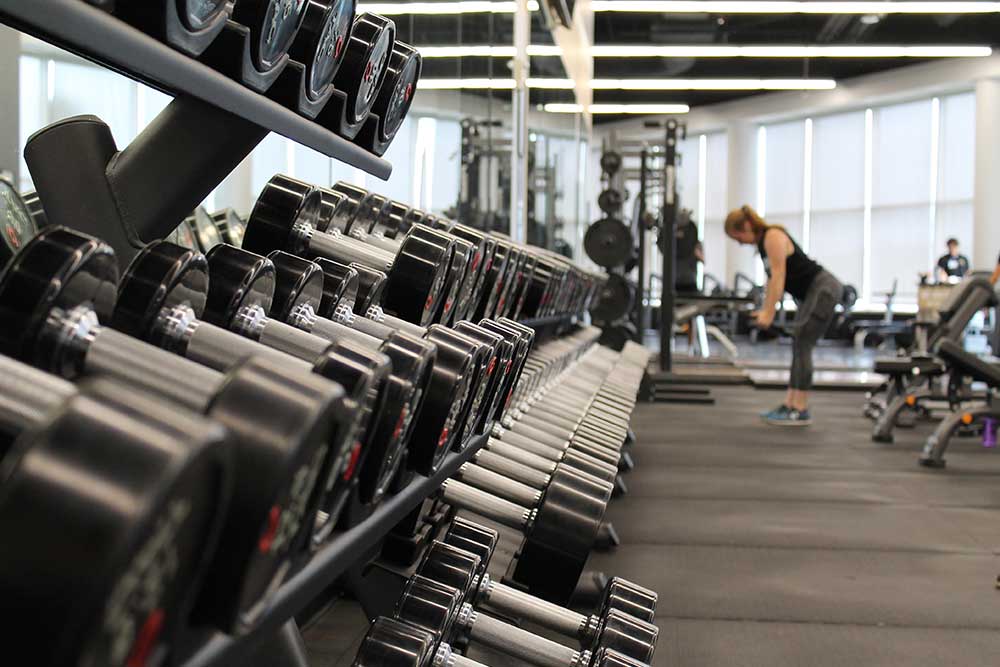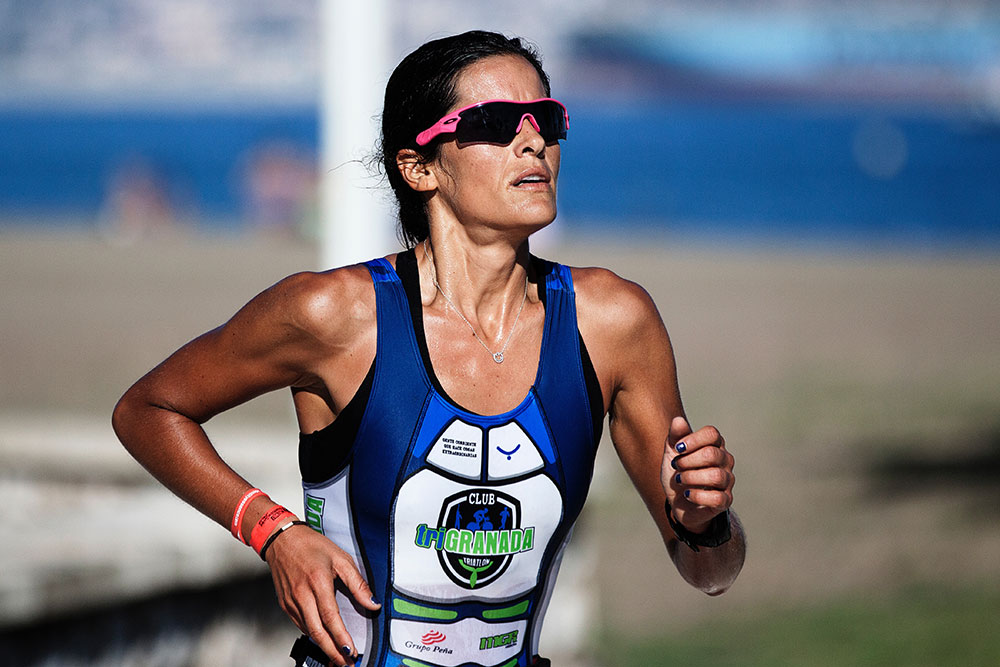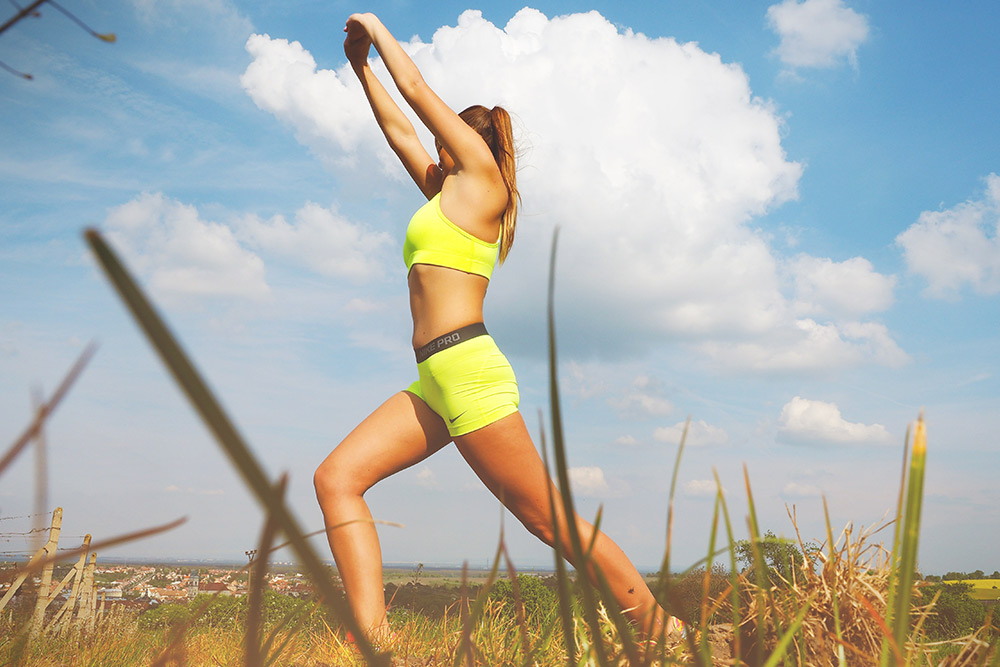Hydration and Performance, Part 1: FLUIDS

Evan Stevens
We previously discussed how masters level athletes’ nutritional needs are almost no different from any other athletes’. The fact that they are all athletes, regardless of age, means that their nutritional needs are the relatively the same. With this knowledge, we can move forward into figuring out how we can use nutrition to maximize our athletic performance without having to factor in age-related considerations.
While we could start our discussion anywhere, hydration is often passed over because it is a foregone conclusion – we need to stay hydrated. Most of us don’t truly know and appreciate why, nor do we know what proper hydration really is. We know that carbohydrates are fast energy, fats are longer energy and protein is for building muscle, but where does water and hydration come in? Our bodies are mostly water – 50-60% of our total body weight is by water. As you can probably guess, poorly managing something that makes up the majority of our bodies can cause some issues.
Related Article:
The Relationship Between Hydration and Performance
Proper blood flow to vital organs, working muscles, and energy stores. Thermoregulation at the skin surface and core. Smooth joint movement. Sensitive membrane protection. These are all areas and processes within our bodies that work best while properly hydrated. When we aren’t properly hydrated we can see changes to these processes, which all affect performance through:
- Decreased blood volume (less ability to move oxygen to working muscles)
- Reduced blood flow to the skin (poor thermoregulation)
- Decreased sweat rate (poor thermoregulation)
- Decreased heat dissipation and increase core temperature (poor thermoregulation)
- Increased rate of muscle glycogen use (run out of energy faster – we are less efficient at energy use)
When Fatigue Sets In
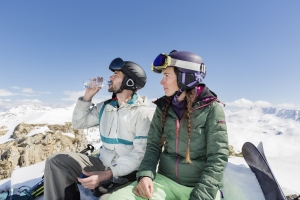 Fatigue at the end of a longer event may be just as much due to dehydration as it is from a lack of fuel or energy substrate (depleted glycogen for example). Exercise performance if impaired with as little as 2% loss of body water weight. Losses of 5% can lead to a 30% decrease in performance of endurance events. High-intensity exercises (hard interval training that a 1500m runner might do) can see as much as a 45% decrease in performance with a loss of just 2.5% body water weight. While these are all exacerbated by heat and training in hot temperatures, even in cool, laboratory temperatures optimal oxygen efficiency (VO2max) decreases 5% with as little as 3% body water loss.
Fatigue at the end of a longer event may be just as much due to dehydration as it is from a lack of fuel or energy substrate (depleted glycogen for example). Exercise performance if impaired with as little as 2% loss of body water weight. Losses of 5% can lead to a 30% decrease in performance of endurance events. High-intensity exercises (hard interval training that a 1500m runner might do) can see as much as a 45% decrease in performance with a loss of just 2.5% body water weight. While these are all exacerbated by heat and training in hot temperatures, even in cool, laboratory temperatures optimal oxygen efficiency (VO2max) decreases 5% with as little as 3% body water loss.
Thermoregulation plays a huge part in hydration and performance as well. Heat stress on normal hydrated individuals can cause similar decreases in VO2max as if the individuals were dehydrated, which means that water loss and heat stress both act individually and in an additive way to negatively affect performance. Performing while dehydrated = poor performance. Performing in hot conditions = poor performance. Performing in hot conditions while dehydrated = disaster.
Related Article: Calculate Your Sweat Rate
Fatigue Temperature
The body has in place a self-preservation mechanism where if our core temperature reaches a certain temperature we fatigue to stop us from doing more damage by increasing our temperature further. This fatigue temperature really hits us when our core temperature reaches about 103⁰. If the body is unable to regulate this temperature because you are dehydrated (unable to dissipate heat through the skin because of decreased blood flow, decreased sweat rate) or unaccustomed to the heat, you reach this temperature sooner and fatigue sets in that much faster. When you are dehydrated you have a poorer ability to handle the increase in your core body temperature.
Here is the kicker, however – if you are a sprinter, you have far less to worry about than you do if you are a distance runner. In fact, the farther your distance, the more pronounced the drop off in performance. Distance runners who suffered a 2% loss of water weight experienced a decrease of 3% in performance in the 1500m and a 5% in the 5,000m and 10,000m runs. Speed power athletes have less to fear from dehydration than do their endurance counterparts; sprinters don’t need to sweat it.
So How Do We Stay Hydrated?
As masters athletes we do need to be aware that we are often more susceptible to dehydration than our younger peers; our performances in middle distance and distance events are more likely to suffer from a mismanagement of our fluid intake than lack of training or anything else. As we age, our thirst drive is decreased, as is our kidney function and sweat rate, causing issues for our fluid homeostasis (our biological baseline).
Reduced thirst means we think we need to drink less. Impaired kidney function means we are losing water more often. And reduced sweat rate means that we have poorer thermoregulation so our core temperatures reach that “fatigue temperature” sooner. 24 hours before a training session you should be consuming copious amounts of fluids – 6 ounces every waking hour. You may have to make multiple relief trips during the day, but going to practice well hydrated is a key to success.
Related Article: Do Masters Athletes Need Specific Nutrition?
Takeaways
It is recommended you intake 14 to 22 ounces of fluid two or three hours before your actual session and 6 to 12 ounces every 15 to 20 minutes during exercise. Post-exercise you should be aiming for 16 to 24 ounces for every pound loss during exercise. It would be wise to recover your glycogen stores as well post workout so a sports drink with adequate amounts of electrolytes and carbohydrate is going to be best.
Now, you might be wondering what electrolytes you should be looking for, what the best drinks are for recovering electrolytes and carb, or what an electrolyte even is. Rest assured that I have not forgotten something so important. But for the sake of brevity and to ensure we remain engaged with the discussion each week, we will talk more about electrolytes and what ones to look out for in part 2 of our hydration series all about electrolytes.
For those eager and thirsty for an answer I will give you this to ponder: most “sport” drinks will focus on only two electrolytes – sodium and potassium; are these two the only electrolytes that we need to think of, or are there more? What makes a muscle fire once a signal to do so is sent? How does the signal stop? Find out more next time.
Further Reading:
Hydration and Performance, Part 2: ELECTROLYTES
Hydration and Performance, Part 3: MANAGING HYDRATIONYou Might Like:









